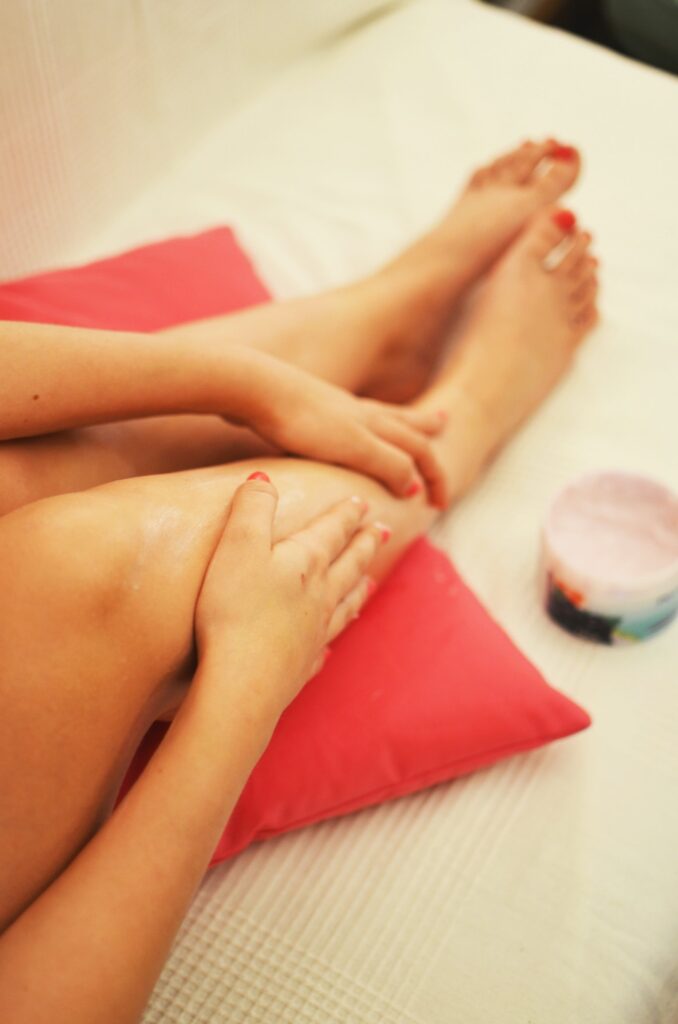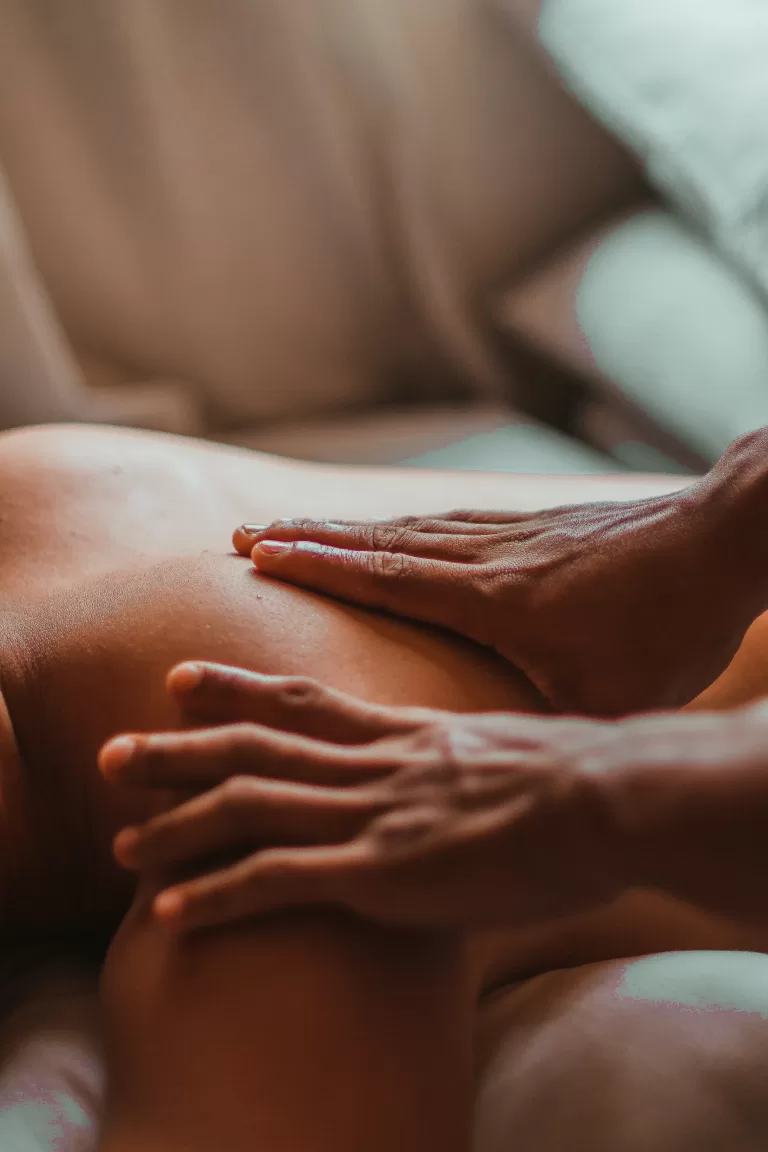5 Reasons Remedial Massage Has Become So Popular
Remedial massage has become increasingly popular over the last few years. People have started realizing that it is different from everyday massages at the spa. Plus, the benefits of a remedial massage extend beyond muscle relaxation.
So what exactly is it, how is it done, and what are its benefits? Let’s dive in and find out.
5 Reasons Remedial Massage Has Become So Popular
What is a remedial massage?
Remedial massage is essentially a massage aimed at treating damaged muscles (and not at just relaxing them). It helps treat knotted, tense, or immobile muscles.
It involves applying direct pressure either upon the muscle or across it (or sometimes on both sides of it). The pressure level can be light, medium, firm, or deep.
A therapist will first analyze the muscle to determine the required pressure and the area that needs attention. To do this, they might rub or tap on the muscle to see if they can identify its origin and feel it under their fingers.
Once they determine the site and required pressure, they use a variety of techniques to do the massage. Let’s see how remedial massage works.
What techniques are used in a remedial massage?
You’ll find various types of remedial massages being offered online. However, all of them use almost the same techniques. The most common techniques are:
Effleurage: It is a light stroking movement, typically used at the beginning and end of a remedial massage session (but can also be used in between). Effleurage is performed towards the heart and lymphatic glands to increase blood circulation in these areas.
In a remedial massage session, effleurage can be considered a “warm-up” technique that prepares the body for deep tissue massage.
Deep strokes: Deep strokes are performed along the direction of your muscle fibers with the palm of the hand or the forearm. These can be used on different body parts to increase blood circulation, tissue elasticity, and muscle tone.
Moreover, deep strokes produce therapeutic effects and can treat muscular conditions and spasms.
Compression: It is a powerful massage technique, which includes pushing down on the muscles with your hands and then slowly lifting them up. This movement creates deep hyperaemia – which is excessive blood flow – stimulating the parasympathetic nervous system to release endorphins, dopamine, and serotonin that aid muscle relaxation.
Compression pressures can be light or deep depending on the muscle condition, injury, or the desired level of tissue softness.
Wringing: This unique massage technique treats large and tight muscle areas and involves inducing to-and-fro motion in the muscle. Tissues are pulled back gently using the hands and fingers and then pushed towards deep-lying tissues using the thumb.
Wringing can help improve muscle conditions by removing tissue waste and increasing tissue elasticity.
Skin rolling: Performed with the thumb and fingers, skin rolling is used on surface-level tissues of the arms, legs, and back. It involves gently pulling the skin away from the tissues and then rolling it back continuously.
Skin rolling helps loosen stiff skin and removes restrictions within the soft connective tissue of the body. In that way, it helps reduce pain, relieve tightness, and improve flexibility.
Now that you know how a remedial massage is performed, let’s move on to the reasons why people love it so much.
The Top 5 Benefits of Regular Remedial Massage
Improves blood circulation
One reason why remedial massages work is that they encourage better blood flow by invigorating the circulatory system. Healthy blood circulation keeps all your organs in their best possible condition by maintaining an optimum oxygen level throughout the body.
Good blood circulation also speeds up tissue repair and healing in case of an injury. That is why you see athletes having regular remedial massage sessions to better manage their pain and injuries.
Relieves muscle tension and increases range of joint motion
Your therapist’s massage technique combined with a better blood flow allows for smooth blood circulation through congested and tensed muscles. This healthier blood flow, in turn, relieves muscle stiffness and allows joints to become more flexible, improving their range of motion.
Improves body posture
Bad body posture is common today. And a lack of exercise, continuously sitting in the same position, and incorrect postures at the office or gym are all responsible.
A proper remedial massage in the neck, shoulder, and back areas relieves tension, lengthens the muscles, and balances out the body for better spinal alignment and body posture.
Reduces stress and anxiety
Remedial massages promote enhanced levels of serotonin and dopamine, both of which are good mood enhancers. This can make it an ideal choice for a couples massage asheville nc, or wherever you are located. At the same time, remedial massages cause a decrease in cortisol, which is a stress hormone.
This is why some medical professionals recommend a remedial massage for stress and anxiety treatment.
This is why some medical professionals recommend a remedial massage for stress and anxiety treatment.
Improves your skin
This is again due to enhanced blood flow. Remedial massages reduce tension in the skin and its connective tissues, and the improved circulation allows blood to access each skin cell better.
Remedial massages also cause skin capillaries to dilate, giving the skin a healthy glow and improving its color and tone. The improved blood flow also aids skin nourishment, hydration, and moisture retention, giving it a soft, supple, and vibrant texture.
All in all, regular remedial massage sessions can help the body maintain good blood circulation, relieve muscle stiffness and pain, improve posture, reduce stress and anxiety, and enhance skin tone and condition.









